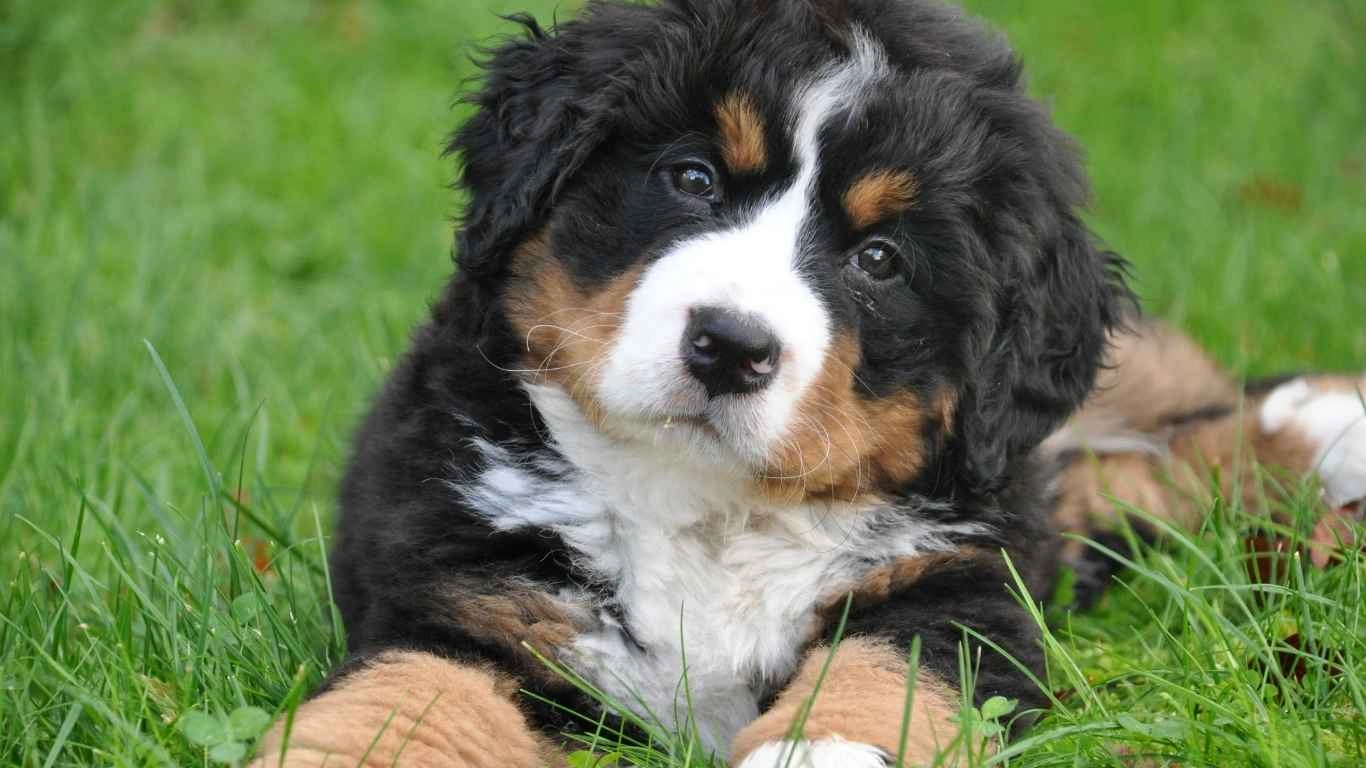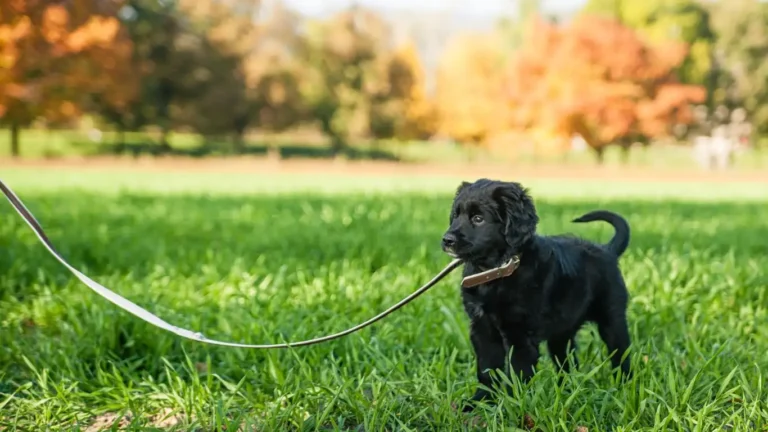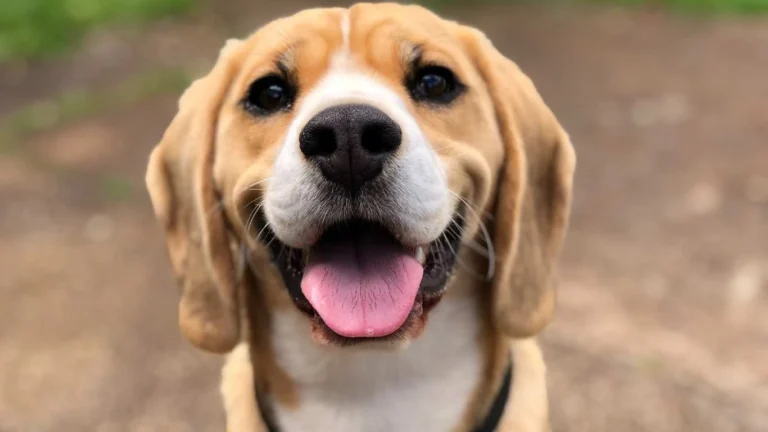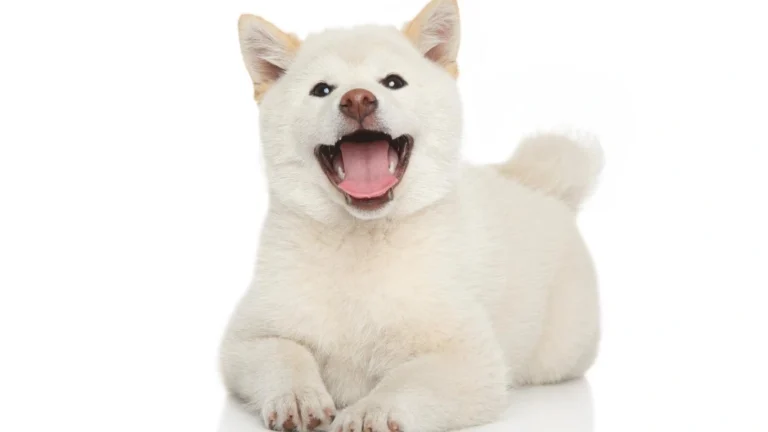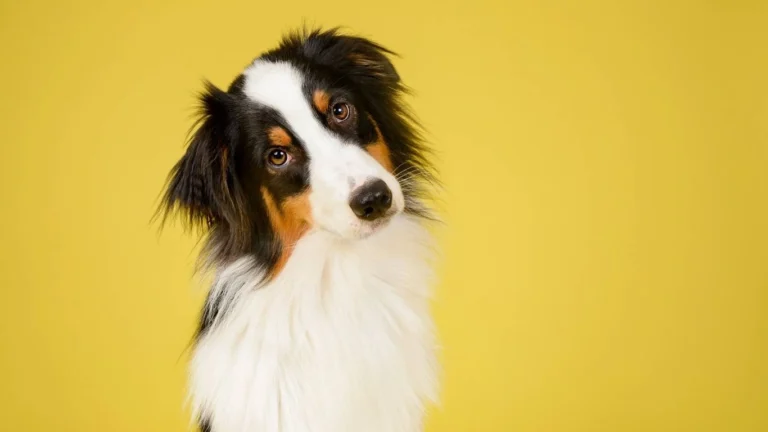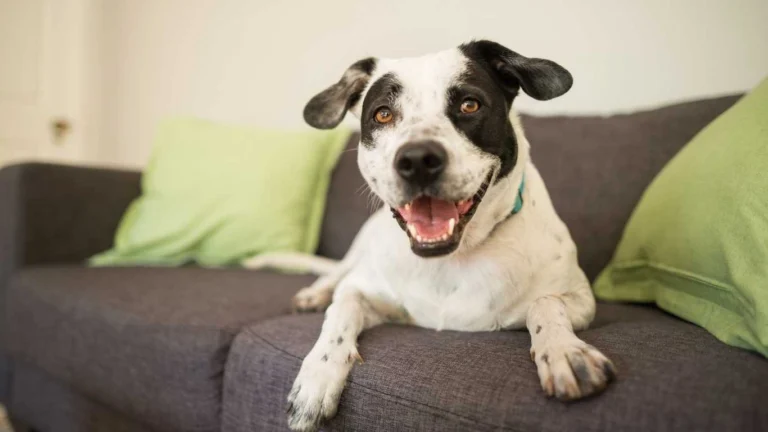Proven Ways to Avoid Bloat in Large Dogs Through Feeding Practices
As someone who’s spent years working closely with animals in shelters and pet clinics, I’ve seen firsthand how serious bloat can be, especially in large dogs. If you’ve ever wondered how to avoid bloat in large dogs through feeding practices, you’re in the right place. Bloat, or gastric dilatation-volvulus (GDV), is a scary condition where a dog’s stomach fills with gas and twists, cutting off blood flow and causing life-threatening complications. The good news? While genetics and anatomy play a role, the way you feed your dog can significantly reduce the risk. I’ve helped care for dozens of dogs at risk, and the strategies I’ve learned from vets and my hands-on experience can help you keep your big furry friend safe and healthy.
Understanding Bloat: Why Feeding Matters
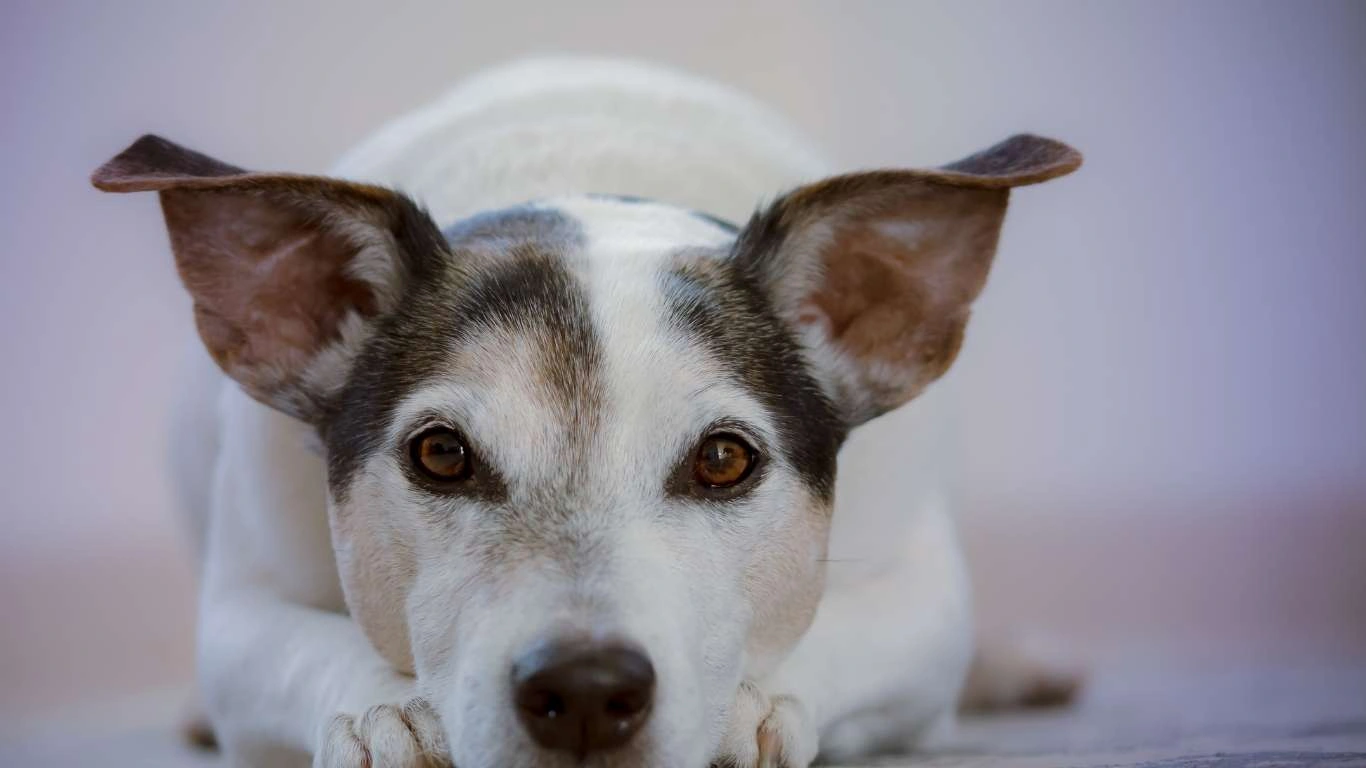
Before jumping into feeding tips, it’s important to understand why bloat happens and why feeding practices are so crucial. Large, deep-chested dogs are most susceptible because their stomach shape makes it easier for gas and food to get trapped. When a dog eats too fast or gulps down a huge meal, they swallow air along with their food, which increases the risk of the stomach filling with gas. This, combined with a twisting stomach, leads to bloat.
Through my experience at the shelter, I’ve noticed that dogs who eat in a frenzy after waiting all day tend to be at higher risk. That’s why controlling how and when they eat is a key part of preventing this dangerous condition.
Feeding Frequency and Portion Control
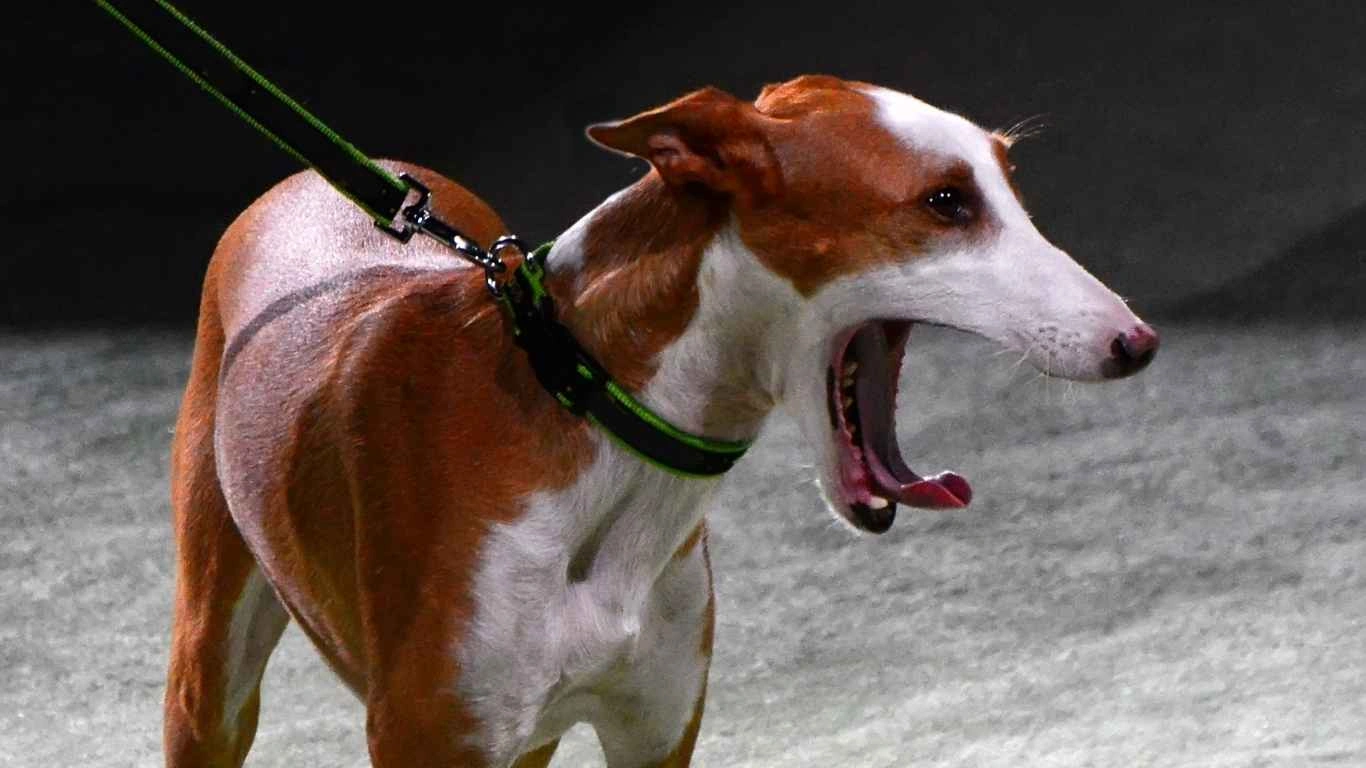
One of the first things I learned is that big dogs shouldn’t eat one massive meal per day. Instead, breaking their food into smaller, more frequent meals can help a lot. For most large breeds, feeding two to three times a day reduces the chance that their stomach will become overloaded and start expanding too quickly.
Here’s a quick list of feeding best practices that I regularly recommend to dog owners:
- Divide daily food into multiple smaller meals. This helps the stomach handle food more comfortably and reduces air swallowing.
- Measure portions carefully. Avoid free-feeding or letting your dog graze all day, which can lead to overeating or irregular eating habits.
- Feed on a consistent schedule. Dogs feel more relaxed and less stressed when meals are predictable.
Slowing Down the Speed of Eating
If you’ve ever seen a large dog inhale their food, you know how fast they can be. This rapid eating is a big risk factor for bloat because it causes swallowing of excess air and rapid stomach expansion. Over the years, I’ve worked with several owners who’ve had great success with simple tricks to slow down their dogs’ eating speed.
- Use slow feeder bowls: These bowls have ridges or obstacles that force dogs to eat more slowly, chewing their food rather than gulping it down.
- Hand feed when possible: Feeding small amounts by hand not only slows the pace but also strengthens your bond.
- Scatter food on a flat surface: Spreading kibble over a large area encourages dogs to pick up one piece at a time, naturally slowing them down.
These small changes might seem trivial, but they make a huge difference when it comes to preventing bloat.
Choosing the Right Food and Feeding Environment
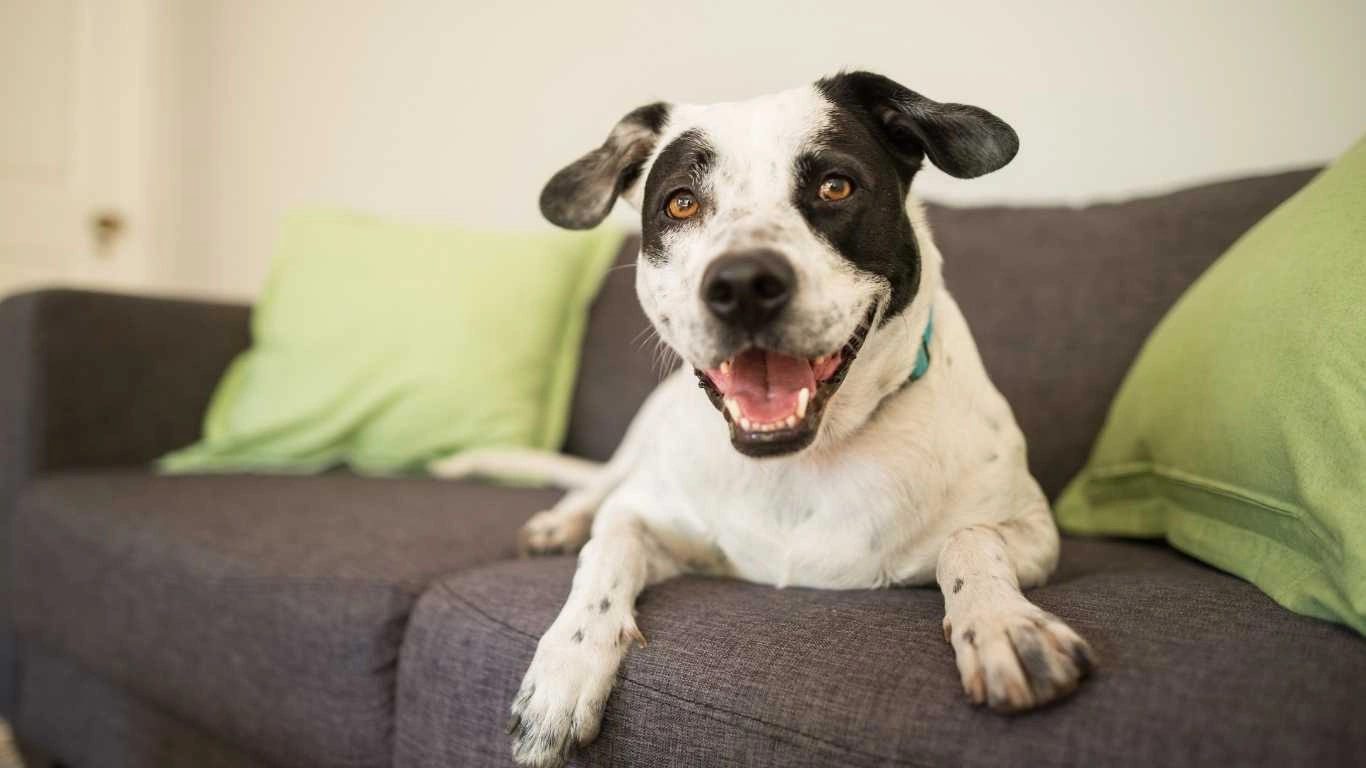
From my years working hands-on with dogs, I’ve learned that what and where you feed your dog plays a huge role in preventing bloat. Feeding a high-quality diet that’s easy to digest and designed for large breeds can make a difference. Also, the environment in which your dog eats matters—a calm, stress-free setting can prevent gulping and anxiety, both of which can lead to swallowing too much air.
Food Type and Ingredients Matter
When it comes to how to avoid bloat in large dogs through feeding practices, choosing the right food is key. Some dogs do better on diets with moderate fat content and highly digestible proteins, while others might need specific formulas recommended by their vet. From what I’ve seen, feeding dry kibble that’s the right size for their breed helps reduce the chance of them gulping down huge chunks. Wet or canned foods can be included, but they should be given in moderation and mixed well if combined with kibble to avoid digestive upset.
Here are some tips to keep in mind when selecting your dog’s food:
- Look for diets formulated for large or giant breeds. These formulas often support digestion and joint health, which is important for big dogs.
- Avoid foods with excessive fillers. Some ingredients like corn or wheat can be hard to digest and cause excessive gas.
- Introduce new foods gradually. Sudden diet changes can upset the stomach and increase bloat risk.
- Consult your vet or a canine nutritionist. Especially if your dog has specific health issues or a history of bloat.
Creating a Stress-Free Feeding Environment
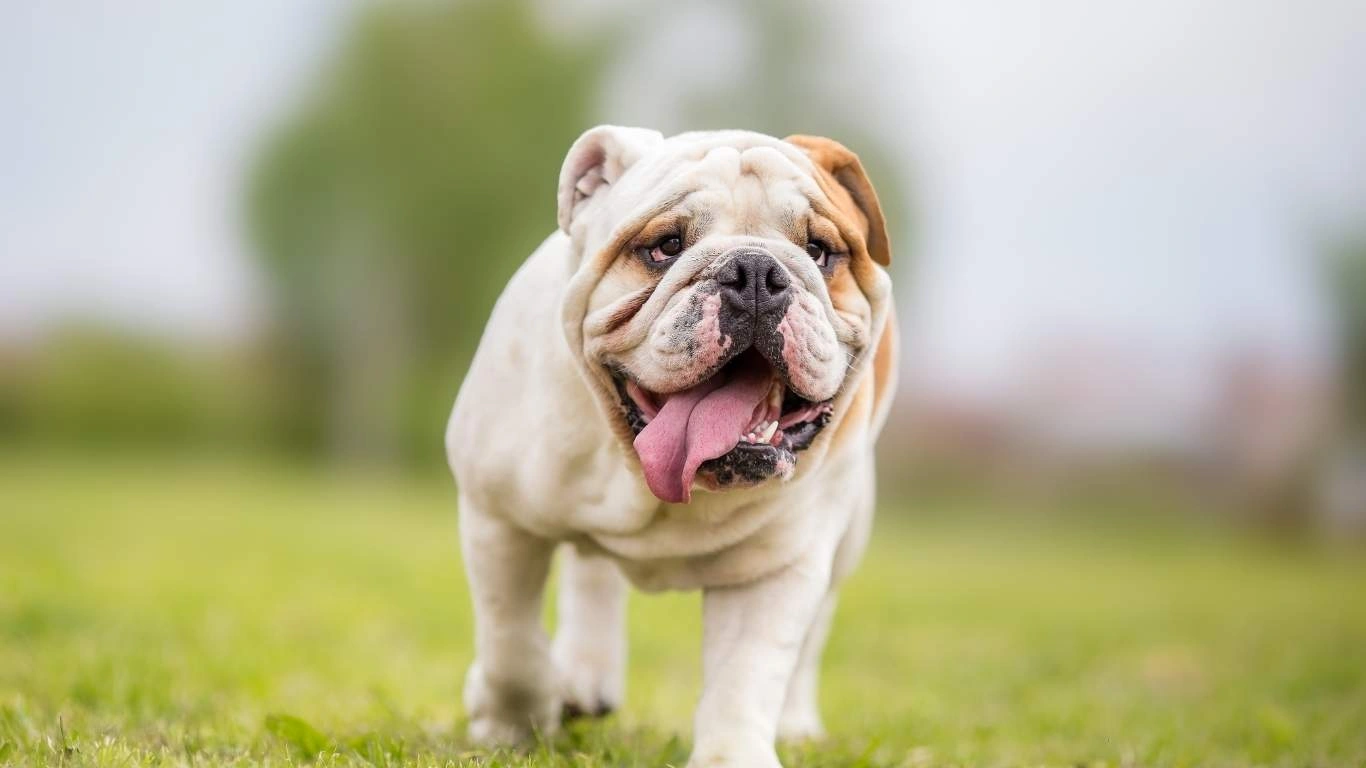
One thing that’s often overlooked but hugely important is the atmosphere around feeding time. Dogs who feel rushed or threatened might gulp their food faster, swallowing more air. In shelters, I’ve observed that dogs eating in noisy or chaotic environments tend to scarf their meals faster, increasing their bloat risk. At home, try to create a quiet, calm spot for meals where your dog won’t be disturbed by other pets or loud noises.
Some simple changes you can try:
- Feed your dog away from busy household areas. A quiet corner or a room with low traffic works best.
- Keep the feeding area clean and consistent. Dogs thrive on routine, and a familiar spot can ease anxiety.
- Limit interactions during mealtime. Avoid petting or distracting your dog while they’re eating, so they focus on chewing properly.
For multi-dog households, feeding dogs separately can prevent competition, which often causes fast eating and stress. In my experience, even just separating dogs by a baby gate or feeding them in different rooms can calm mealtime tension.
Additional Feeding Tips to Reduce Bloat Risk

Beyond meal frequency, food choice, and environment, there are other feeding-related habits that help reduce the risk of bloat. These come from both veterinary guidance and my years with shelter dogs who had bloat history in their backgrounds.
Keep Your Dog Calm Before and After Eating
Exercise around mealtime is a tricky subject. While regular physical activity is essential for a healthy dog, intense exercise right before or after eating can increase bloat risk. I always advise owners to let their dog relax for at least an hour before and after meals.
- Plan walks or playtime at least 1-2 hours before feeding.
- Give your dog time to rest and digest after eating.
- If you’re training or doing activities, separate those from mealtime to avoid overstimulation.
Hydration Habits Matter Too
It’s natural to worry about water intake, especially with large dogs prone to bloat. While it’s important your dog stays hydrated, drinking huge amounts of water immediately before or after eating can fill the stomach and contribute to bloat risk. I recommend offering water freely throughout the day, but monitor and limit excessive water intake right around mealtime.
Based on my experience, here are some hydration tips that help:
- Encourage small sips of water before and after meals rather than large gulps.
- Keep fresh water available all day so your dog isn’t overly thirsty when mealtime rolls around.
- Watch for signs of excessive water consumption, which could indicate other health problems and should be discussed with your vet.
Recognizing Early Signs and When to Seek Help
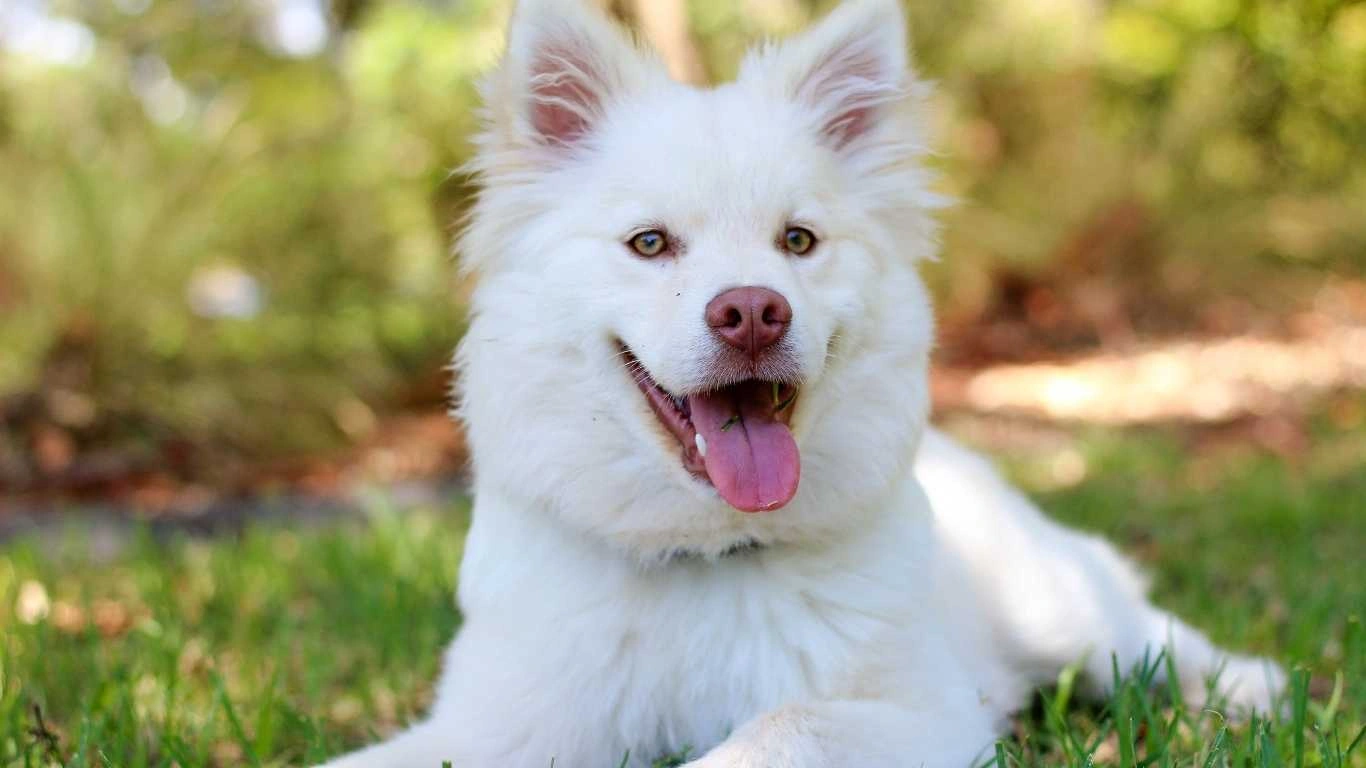
Even with all the feeding precautions in place, it’s crucial to know the early signs of bloat because it can develop rapidly and become life-threatening within hours. From my time working at the shelter, I’ve seen how quick action can save a dog’s life. Being able to spot the warning signs early and getting your dog to a vet immediately is a game-changer.
Some typical early signs to watch out for include:
- Distended or swollen abdomen: The stomach may look bloated or feel tight.
- Restlessness and pacing: Dogs with bloat often can’t get comfortable and may keep shifting positions.
- Retching without vomiting: They might gag or try to vomit but nothing comes up.
- Excessive drooling and panting: These symptoms often accompany distress.
- Signs of pain: Whining, pacing, or reluctance to lie down.
Personally, I always urge dog owners to trust their instincts. If something feels off with your dog’s behavior or stomach, don’t wait—call your vet or head to an emergency clinic immediately. Time is critical, and bloat requires professional treatment fast.
How Vet Care and Preventive Measures Complement Feeding Practices
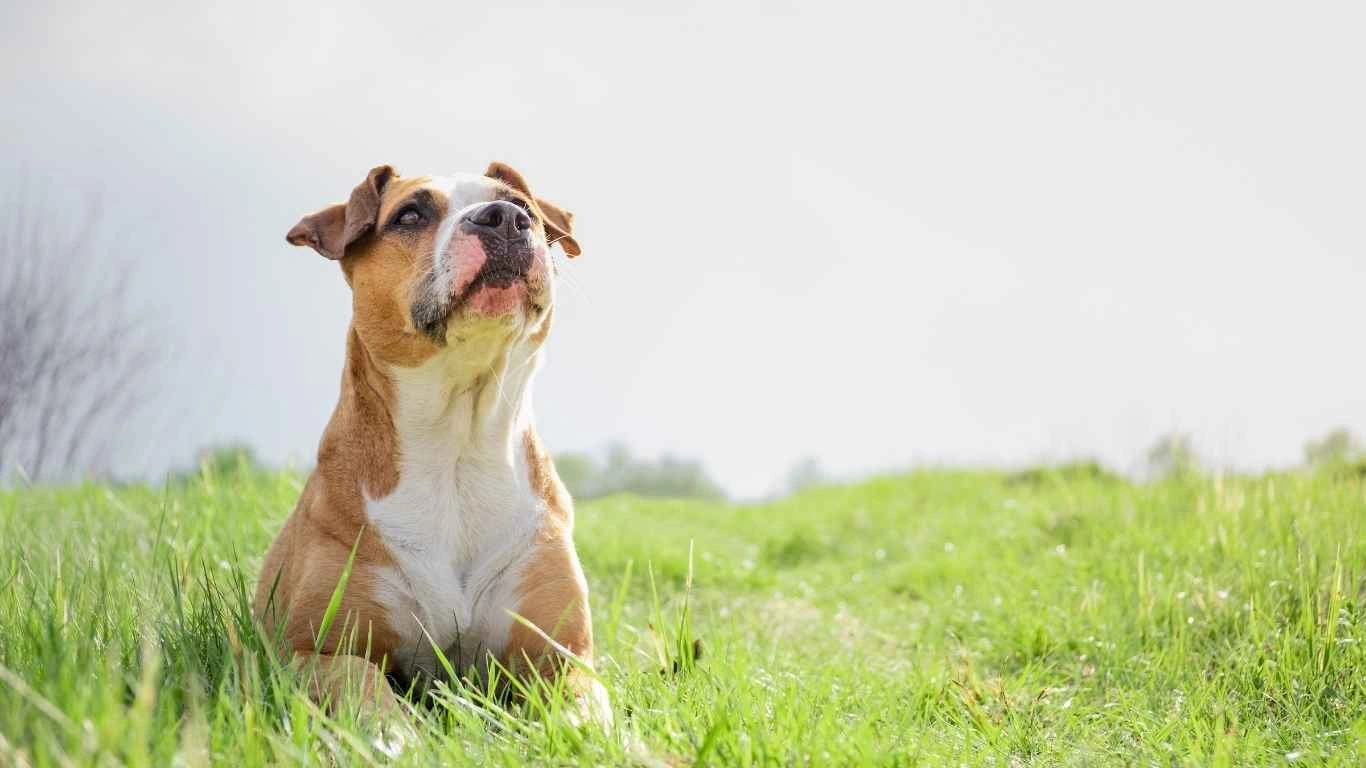
While proper feeding is a cornerstone for bloat prevention, it’s just one piece of the puzzle. During my years in animal care, collaborating with vets taught me how preventive veterinary care, combined with thoughtful feeding, can protect your dog best. For example, some vets recommend a prophylactic gastropexy— a surgical procedure that tacks the stomach to the body wall, preventing it from twisting. This surgery is often advised for breeds with a strong family history of bloat.
Regular vet check-ups are also important to ensure your dog’s digestive system is healthy and there are no underlying issues that could increase bloat risk. Veterinarians can guide you on the best diet, supplements, and lifestyle adjustments tailored to your dog’s needs.
Preventive Tips From a Veterinary Perspective
- Discuss your dog’s breed and family history of bloat with your vet. Some breeds, like Great Danes, German Shepherds, and Standard Poodles, have higher risk.
- Consider preventive gastropexy if recommended. It’s a proactive step that can save lives, especially in high-risk dogs.
- Maintain a healthy weight. Overweight dogs have a higher chance of bloat; feeding practices that prevent obesity are doubly beneficial.
- Keep a detailed feeding and activity log. This can help your vet identify patterns or triggers if your dog ever experiences digestive issues.
One thing I’ve found invaluable is open communication with the vet team. When owners share detailed info about feeding schedules, behaviors, and any unusual symptoms, vets can provide much better personalized advice.
Wrapping Up What You Can Do Today
So, what’s the takeaway from all this? Preventing bloat in large dogs isn’t about one magic fix — it’s a combination of smart, thoughtful feeding habits, a calm environment, and staying alert to your dog’s health. From feeding multiple small meals, slowing down eating speed, choosing the right food, to creating a peaceful feeding spot, every little bit helps reduce risk.
Plus, don’t forget that regular vet care and knowing the warning signs can make all the difference when seconds count. My years as an animal care specialist have shown me that when owners are proactive and informed, their dogs live safer, healthier lives. And honestly, that peace of mind is priceless.
If you’re ready to take steps today, start by observing your dog’s eating habits closely and talking to your vet about personalized feeding plans and preventive measures.
References
- American Gastroenterological Association
- American Veterinary Medical Association
- American College of Veterinary Surgeons
Disclaimer
This article is intended for informational purposes only and does not replace professional veterinary advice. If you suspect your dog is suffering from bloat or any other medical emergency, seek immediate veterinary care. Always consult your veterinarian before making changes to your dog’s diet or health regimen.
